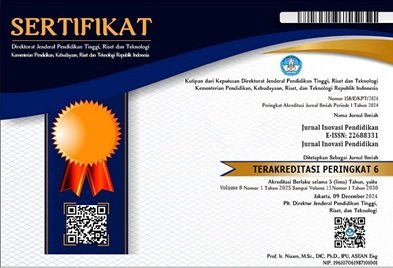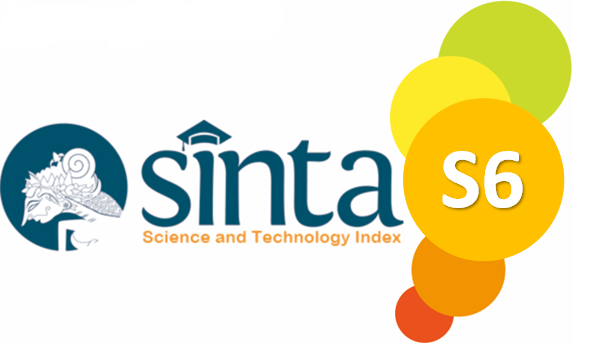PENGARUH MODEL PEMBELAJARAN PROBLEM BASED LEARNING DAN EXAMPLE NON EXAMPLE TERHADAP MINAT BELAJAR SISWA KELAS XI MPLB PADA ELEMEN ADMINISTRASI UMUM DI SMKS PAB 2 HELVETIA T.A. 2024/2025
Kata Kunci:
Pembelajaran Berbasis Masalah, Contoh Non Contoh, Minat BelajarAbstrak
Tujuan penelitian ini untuk mengetahui peningkatan minat belajar siswa di smks pab 2 helvetia kelas xi mplb 2025 dengan penerapan model pembelajaran problem based learning dan example non example. Sehingga dapat menjadi masukan bagi lembaga pendidikan sekolah menengah kejuruan untuk dapat mengevaluasi penerapan model pembelajaran. Jenis penelitian ini adalah eksperimental dengan metode total sampling. Desain penelitian yang digunakan Two-Group Pretest-Posttest Design. Teknik analisis data yang digunakan adalah analisis statistik deskriptif dengan uji normalitas shapiro-wilk, uji homogenity dan uji-t dengan menggunakan paired sample test. Uji instrumen menggunakan validitas dan reliabilitas. Berdasarkan hasil analisis deskriptif diperoleh rata-rata skor minat belajar dari kelas eksperimen I setelah diterapkannya model Problem Based Learning adalah 116,59 dan rata-rata skor minat belajar siswa kelas eksperimen II setelah diterapkannya model pembelajaran Example Non Example adalah sebesar 117,19. Seluruh data minat belajar sebelum dan sesudah perlakuan, baik kelas eksperimen I maupun kelas eksperimen II, berdistribusi normal (nilai signifikansi > 0,05) dan homogen (nilai signifikansi uji homogenitas 0,646 > 0,05). Hasil uji hipotesis (sig. (2-tailed) = 0,000 < 0,05) menunjukkan bahwa terdapat perubahan rata-rata dan peningkatan minat belajar siswa pada kelas eksperimen I maupun kelas eksperimen II. Dapat disimpulkan bahwa penerapan problem based learning dan example non example dapat meningkatkan minat belajar siswa.
The purpose of this research is to determine the improvement of students' learning interest at SMKS PAB 2 Helvetia, Class XI MPLB 2025, through the implementation of the Problem-Based Learning model and the Example Non-Example model. This can serve as input for vocational education institutions to evaluate the implementation of instructional models. This type of research is experimental, using a total sampling method. The research design employed is the Two-Group Pretest-Posttest Design. The data analysis technique used is descriptive statistical analysis with the Shapiro-Wilk normality test, homogeneity test, and t-test using the paired sample test. Instrument testing was conducted through validity and reliability testing. Based on the results of descriptive analysis, the average learning interest score of the first experimental class after the implementation of the Problem-Based Learning model was 116.59, while the average score of the second experimental class after the implementation of the Example Non-Example model was 117.19. All learning interest data, both before and after the treatment in both experimental classes, were normally distributed (significance value > 0.05) and homogeneous (homogeneity test significance value = 0.646 > 0.05). The hypothesis test results (sig. (2-tailed) = 0.000 < 0.05) indicate a change in the mean and an increase in students’ learning interest in both experimental classes. It can be concluded that the implementation of Problem-Based Learning and Example Non-Example models can enhance students' learning interest.





